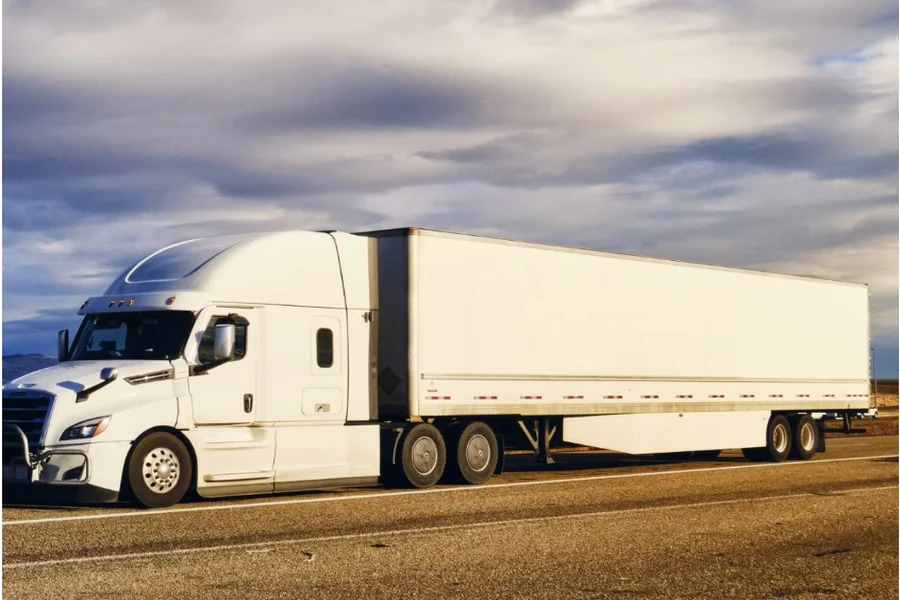Fleet expansion signals progress, but it often brings a spike in overhead. Fuel consumption increases, maintenance schedules become more demanding, and inefficiencies can quietly erode profit margins.
What many businesses fail to examine closely is the role of semi-trailers in this cost curve. While tractors often receive more attention, the trailer selection has a significant impact on whether fleet growth remains profitable or introduces additional strain.
Trusted semi trailer manufacturer Rhinotrail works with logistics providers to deliver trailers engineered for long-term efficiency. With smart choices, businesses can reduce downtime, increase fuel efficiency, and scale operations while maintaining cost control.
Trailer Strategy and the True Cost of Scaling
Adding trailers may seem like a straightforward solution to meet growing demand, but each unit carries a long-term cost profile. This includes purchase or lease price, maintenance, fuel usage, insurance, depreciation, and eventual resale value.
Total cost of ownership (TCO) should guide every trailer decision. For example, lightweight aerodynamic trailers may require a higher upfront investment, but they deliver fuel savings and longer service life. In contrast, trailers that frequently require repairs or are mismatched to cargo needs lead to idle time and higher operational expenses.
As the fleet grows, each semi-trailer must contribute to overall efficiency. A strategic trailer acquisition plan becomes just as important as route expansion or workforce growth.
Semi Trailers That Adapt to Operational Shifts
Modular builds
Trailers with configurable shelving, adjustable interiors, or multi-use layouts allow for a wide range of cargo types. This flexibility supports both seasonal shifts and diversified freight without requiring new equipment.
Multi-purpose compatibility
Trailers that perform effectively on regional routes and local deliveries increase scheduling options and keep units active instead of idle.
Future-ready designs
Semi-trailers built with future compliance in mind—such as electric vehicle compatibility, automation support, or emissions regulations—reduce the risk of costly retrofits and regulatory surprises.
Smart Specifications That Drive Savings
Lightweight construction
Materials like aluminum or advanced composites lower trailer weight, resulting in fuel savings and higher payload capacity. Both contribute directly to better margins.
Aerodynamic enhancements
Skirts, tails, and smooth surfaces minimize drag and reduce fuel costs, especially over long-haul routes.
Durability features
Upgrades such as reinforced flooring, corrosion-resistant finishes, and stronger axles reduce maintenance frequency and extend service life.
Fleet standardization
Using fewer trailer models simplifies driver training, parts stocking, and service routines. A more uniform fleet lowers indirect costs over time.
Technology for Scalable Semi-Trailor Management
Modern telematics platforms transform trailer oversight. These systems do more than track location—they also monitor idle time, door activity, temperature, brake performance, and more.
Access to real-time data allows operators to identify underused semi-trailers, optimize route assignments, and schedule maintenance before failures occur. Predictive maintenance alerts help prevent costly breakdowns and ensure consistent uptime.
Rhinotrail designs semi-trailers with built-in compatibility for leading telematics solutions, helping businesses integrate data into their scaling strategies.
Smarter Acquisition and Lifecycle Planning
Scaling a trailer fleet does not have to mean uncontrolled spending. Choosing the right procurement and lifecycle model is essential.
Leasing semi-trailers offers flexibility and lower initial costs, allowing newer models to enter rotation more frequently. This is beneficial when operational demands are still evolving.
Purchasing builds long-term asset equity and may offer better long-term value for businesses with stable specifications and consistent route profiles.
Regardless of the financing method, lifecycle planning is critical. Knowing when to refurbish, replace, or retire a semi trailer helps avoid unnecessary downtime and aligns asset management with business growth goals. Semi trailer manufacturers like Rhinotrail support clients in mapping out long-term upgrade and acquisition timelines.
Conclusion: Scalable Growth Starts with Smarter Semi Trailer Choices
The right semi-trailer selection strategy can reduce operating costs, increase efficiency, and support sustainable fleet expansion. Every decision—from specifications and flexibility to technology integration and lifecycle planning—contributes to long-term value.
Scaling should not rely on quantity alone. Trailers that adapt to changing demands, minimize fuel use, and maintain performance standards are essential for growth that is both profitable and manageable.
By reassessing current trailer performance and identifying opportunities for optimization, logistics operators can create a fleet that grows without unnecessary financial pressure. With the right equipment and support from a trusted semi-trailer manufacturer, operational expansion becomes a strategic advantage rather than a burden.






